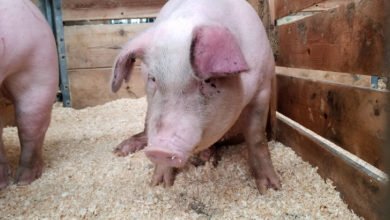Imagine a future in which many of the electrical devices we take for granted today are replaced by plant nanobionics, a natural form of technology that can power itself, as plants do. MIT engineers recently created nanobionic light-emitting plants that may prove such a future awaits us.
The engineers infused plants – in this case watercress plants – with nanoparticles, making them dimly glow for about four hours. The hope is that they can eventually make plants that glow for much longer and much brighter.
Such nanobionic plants could replace lightbulbs and other forms of indoor lighting , or we may even see the creation of entire glowing trees that could replace streetlights.
“The vision is to make a plant that will function as a desk lamp — a lamp that you don’t have to plug in. The light is ultimately powered by the energy metabolism of the plant itself.” – MIT Professor Michael Strano
The above video provides an overview of the process: For the study, MIT researchers used three components to make the watercress plants glow. Luciferase, the enzyme that allows fireflies to glow, along with the molecules luciferin and co-enzyme A. Together, these components were “packaged” into different “nanoparticle carriers,” and later inserted into the plants’ pores (or stomata) via a liquid solution.
This method can be used on any type of plant, the engineers say, and they hope to later develop a spray for easier application, which could last the plant’s entire lifetime.
Previous attempts to make plants glow have involved genetic modification, but with dim results and more than a few technical difficulties. One project, which actually involved a “successful” Kickstarter campaign to the tune of about $484,013, went belly up after the realization that creating genetically modified glowing plants takes a lot of time and money. It was unfortunately outside the reach of the Kickstarter project.
This new research coming out of MIT, however, is a different and compelling step toward the same destination.
Perhaps some day Earth will look just like Pandora from James Cameron’s Avatar.
Seon-Yeong Kwak is the author of the study, which can be found in the journal Nano Letters.




